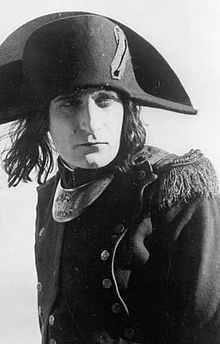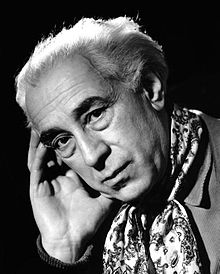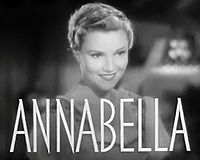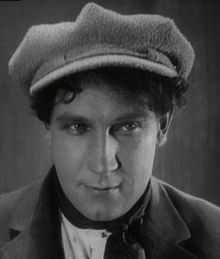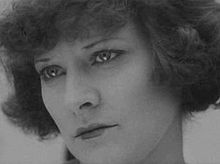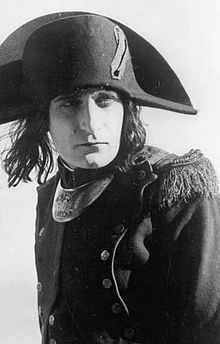Napol%C3%A9on (1927 film)
Napolon is a 1927 epic silent French film directed by Abel Gance that tells the story of Napoleons early years. On screen, the title is Napolon vu par Abel Gance, meaning Napoleon as seen by Abel Gance. The film is recognised as a masterwork of fluid camera motion, produced in a time when most camera shots were static. Many innovative techniques were used to make the film, including fast cutting, extensive closeups, a wide variety of handheld camera shots, location shooting, point of view shots, multiplecamera setups, multiple exposure, superimposition, underwater camera, kaleidoscopic images, film tinting, split screen and mosaic shots, multiscreen projection, and other visual effects. A revival of Napolon in the mid1950s influenced the filmmakers of the French New Wave.
The scenario of the film as originally written by Gance was published in 1927 by Librairie Plon. Much of the scenario describes scenes that were rejected during initial editing, and do not appear in any known version of the film. The following plot includes only those scenes that are known to have been included in some version of the film. Not every scene described below can be viewed today.In the winter of 17791780, tenyearold Napoleon Buonaparte Vladimir Roudenko is enrolled at Brienne College, a military school for sons of nobility, run by the religious Minim Fathers in BrienneleChteau, France. The boys at the school are holding a snowball fight organised as a battlefield. Two bulliesPhilippeaux Petit Vidal and Peccaduc Roblinschoolyard antagonists of Napoleon, are leading the larger side, outnumbering the side that Napoleon fights for. These two sneak up on Napoleon with snowballs enclosing stones. A hardened snowball draws blood on Napoleons face. Napoleon is warned of another rocksnowball by a shout from Tristan Fleuri Nicolas Koline, the schools scullion and a friend to Napoleon. Napoleon recovers himself and dashes alone to the enemy snowbank to engage the two bullies in close combat. The Minim Fathers, watching the snowball fight from windows and doorways, applaud the action. Napoleon returns to his troops and encourages them to attack ferociously. He watches keenly and calmly as this attack progresses, assessing the balance of the struggle and giving appropriate orders. He smiles as his troops turn the tide of battle. Carrying his sides flag, he leads his forces in a final charge and raises the flag at the enemy stronghold. ........
Source: Wikipedia

